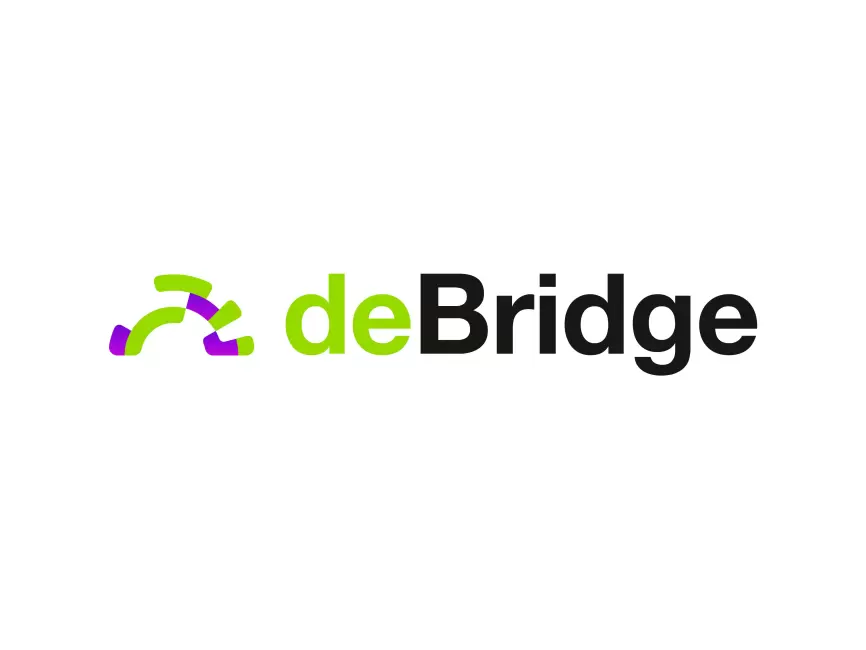Why Debridge Finance Is Shaping the Future of DeFi Cross-Chain Bridges
So, I was poking around the DeFi space the other day, and something struck me — the whole cross-chain bridge thing still feels kinda messy. Seriously? Yeah, you’ve got multiple options, but many of them seem either slow or risky. It’s like trying to juggle flaming torches while riding a unicycle. Not fun.
Here’s the thing. Cross-chain bridges are the backbone for interoperability, letting assets flow seamlessly from one blockchain to another. But the devil’s in the details — security flaws, high fees, and user-unfriendly interfaces have been major blockers. I mean, who wants to lose their tokens because of a sneaky exploit?
Initially, I thought all bridges were just variations of the same old tech. But then I stumbled on something interesting — Debridge Finance. It’s not just another bridge; it’s a whole ecosystem designed to rethink how DeFi protocols interact across chains. My instinct said, “Okay, this might be worth a closer look.”
Why does this matter? Well, in a world drowning in NFTs, tokens, and DeFi products scattered across Ethereum, BSC, Avalanche, and more, a reliable bridge is like the interstate highway for your crypto assets. Without it, everything’s stuck in traffic.
Whoa! Did you know Debridge’s approach includes a decentralized validator network to secure transfers? That’s a game changer for reducing those scary single points of failure.
Let’s unpack how Debridge Finance really works. At its core, it uses a multi-layered mechanism to lock assets on the source chain and mint equivalents on the target one. But unlike some bridges relying on centralized custodians, Debridge leverages a network of validators who collectively verify transactions. This reduces risk dramatically.
Plus, their design supports not just token transfers but also arbitrary calls — meaning smart contracts can interact cross-chain. That opens doors for complex DeFi strategies spanning multiple blockchains. Pretty slick, right?
But hold on—there’s more. The platform prioritizes low latency and cost-efficiency. Cross-chain transactions can be painfully slow and expensive elsewhere, but Debridge seems to tackle this head-on with optimized consensus and fee models. Though, I’m not 100% sure how they balance security with speed under heavy load. That part still bugs me.
On one hand, you want decentralization to prevent hacks; on the other hand, too many validators can slow things down. Debridge’s solution tries to thread this needle, but it’s a delicate dance that will need real-world stress testing.
Okay, so check this out—Debridge also integrates a user-friendly interface that doesn’t require you to be a blockchain wizard. Honestly, that’s very very important for adoption. Because no matter how good the tech is, if it’s as complex as rocket science, most folks won’t bother.

Speaking from experience, I’ve tried other bridges where the UX was just… yeah, not great. Confusing confirmations, unclear fees, transaction failures with zero explanation. Debridge’s interface feels smoother, almost like a polished app you’d actually trust with your hard-earned crypto.
Oh, and by the way, the team behind Debridge seems transparent and active in the community. That’s a big deal in this space, where ghost projects pop up all the time. Transparency builds trust, and trust is currency.
Now, here’s a thought — with cross-chain DeFi growing, can one bridge really dominate? Probably not. But having a robust player like Debridge pushing the envelope forces others to up their game. Competition is good for innovation and security alike.
Speaking of which, I dug into their documentation and community forums (yeah, nerd alert). The consensus seems that Debridge is among the most secure bridges currently running, but nothing is ironclad. You still want to practice caution and not throw your entire portfolio through any single bridge.
My gut says the future involves multiple bridges interoperating, kind of like airlines coordinating flights. Debridge is positioning itself as a major hub in that network.
Why You Should Care About Debridge Finance Now
If you’re a DeFi user looking for safe and fast cross-chain transfers, Debridge is worth a look. You can find more details right on the debridge finance official site. They lay out their tech, roadmap, and security audits pretty clearly.
Admittedly, I’m biased — I’ve been deep in the DeFi trenches for a while, and I appreciate projects that combine solid tech with good community vibes. Debridge ticks those boxes for me.
Still, keep in mind that all bridges carry inherent risks. The space is evolving fast, and no solution is perfect. I’d recommend starting small, testing transfers, and keeping an eye on their ongoing updates.
On a broader level, bridges like Debridge are more than just tools; they’re enablers of a truly decentralized financial system, one where assets and contracts aren’t siloed by chain. That’s exciting.
And yeah, sometimes it feels like we’re building the plane while flying it, but that’s the thrill of DeFi.
Frequently Asked Questions About Debridge Finance and Cross-Chain Bridges
What makes Debridge different from other cross-chain bridges?
Debridge uses a decentralized validator network to secure transactions, supports arbitrary smart contract calls across chains, and focuses on low fees and fast finality. This combination is relatively rare compared to bridges relying on centralized custodians or simpler token locking mechanisms.
Is Debridge safe to use for large transfers?
While Debridge has strong security measures and audits, no bridge is 100% risk-free. It’s prudent to start with smaller amounts and stay updated on any security news or platform changes.
Which blockchains does Debridge support?
Debridge aims to connect major blockchains like Ethereum, Binance Smart Chain, Avalanche, and others, providing broad interoperability for DeFi applications.
How can I learn more about Debridge’s technology?
The best place to start is the debridge finance official site, which offers detailed documentation, community links, and roadmap insights.
Sorry, the comment form is closed at this time.



